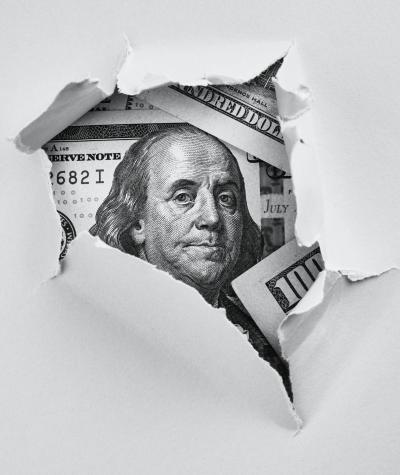The Federal Election Commission (FEC) officially took a preliminary—but important—step toward cracking down on the use of shell companies to hide campaign spending on Aug. 5, 2021.
The FEC is asking members of the public to comment on a request from Campaign Legal Center (CLC) and the Center on Science & Technology Policy at Duke University (CSTP) that the FEC align its transparency rules with the realities of modern campaigning.
Federal law and FEC rules require campaigns to publicly account for every dollar they spend. The purpose of this requirement is to ensure financial transparency in elections for the president and Congress.
At least in theory.
The problem is that the FEC’s rules are very outdated; they were written at a time when people paid for things by writing checks. If a campaign wanted to buy a television ad, it wrote a check to the local NBC station. If the campaign wanted to pay an employee, it issued a paycheck. Spending was simple and much easier to report and track.
In 2021, this isn’t how most transactions work. Campaigns today pay political consulting firms to create and place ads, and the consultants in turn dole out the money to ad creators and ad platforms (Facebook, streaming TV, etc.). Many campaigns also pay their high-level staff through those staffers’ companies rather than as individuals.
Because of the FEC’s obsolete rules, public disclosure in these situations is very limited: the public might learn that a campaign paid millions of dollars to ABC Advertising Consultants Inc.
However, that tells us nothing about where the campaign actually bought its ads, or who made them—or whether ABC Advertising is actually a front company for channeling money to the candidate’s nephew.
The FEC’s failure to account for payments made through intermediary companies deprives voters of information about how candidates are operating, and it leaves donors in the dark about how their contributions are being spent.
Voters and donors have a right to know, for example, if campaign funds are being routed to the candidate’s businesses, or if the campaign is employing controversial people or entities—details that are easily disguised by payments to intermediary firms.
Frequent exploitation of these outdated rules makes it nearly impossible for watchdogs and researchers to track digital political advertising.
The FEC reports routinely only disclose a committee’s digital advertising payments to a consulting firm, without separately itemizing that firm's “subcontracted” payments to digital advertising platforms on the committee’s behalf.
The scope of this problem is growing. In the 2020 election cycle alone, at least 571 political committees routed over half of their overall spending to a single vendor, according to OpenSecrets.
It would be easy for the FEC to close the loophole: they only need to update their rules to say that when campaigns pay money to intermediaries, the campaigns need to report where the money ends up.
That’s precisely what CLC's request asks the FEC to do, and the FEC’s acceptance of public comments on the request is the first step in that process toward this much improved transparency.

